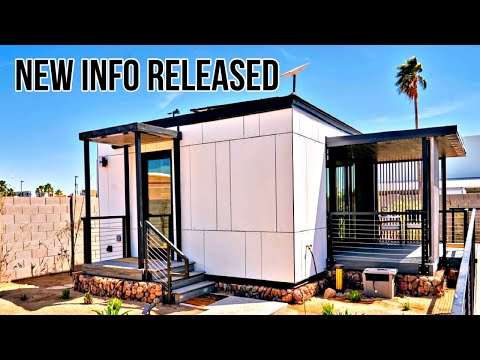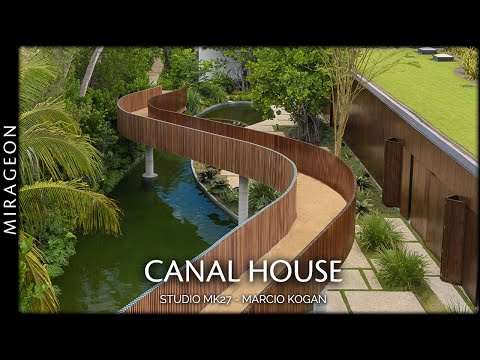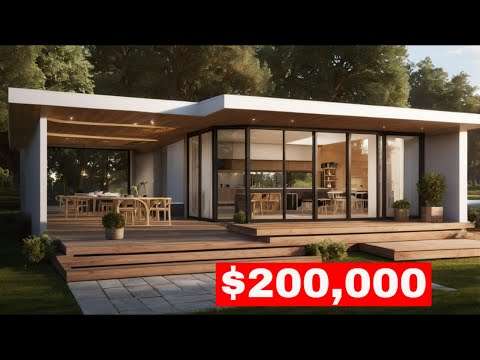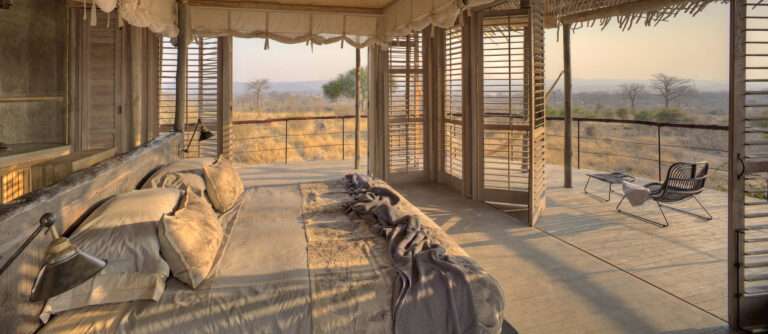When home is the open road, it’s tricky to navigate where and how to shelter in place.

When city life paused full stop in March, many headed outdoors. Bishop, California, a climbing mecca, attracted droves from Los Angeles and the Bay Area. National parks encouraged visitors, as long as they practiced social distancing. But as crowds gathered, officials decided to padlock facilities and cease operations altogether. The van-lifers who live for destinations like Bishop are now struggling with knowing where to be.
“All of my money is in this van,” says Katie Larsen, who fled the Lake Tahoe area with her boyfriend to shelter with a small caravan in the California-Nevada desert. “I have no other house or apartment. I could go to my parents’ place, but their house is filled with my adult siblings. Being back in a family environment would put my pregnant sister-in-law and baby in danger.”
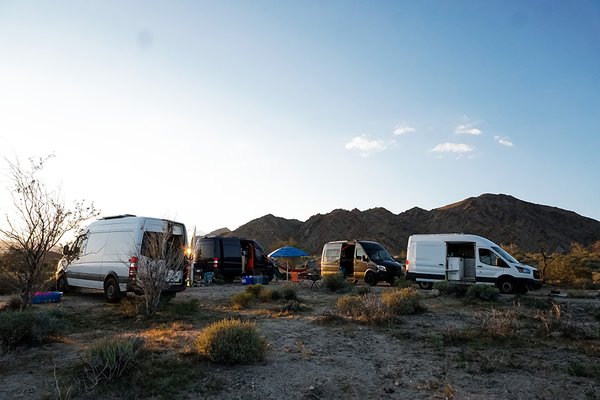
Katie Larsen runs a van lifestyle website from the road. She was bouncing around Lake Tahoe with her boyfriend when he lost his service industry job and shelter in place began. The two made plans to head to a remote part of the California-Nevada desert to batten the hatches with three other vans. The nearest town is 30 minutes away, and they take turns shopping for the group to avoid too many outings. Free water is just a mile-and-a-half drive away. The group agreed to stop talking about shelter in place for sanity’s sake. “The unknown is nerve-racking,” says Katie.
Courtesy of Katie Larsen
To go home to Oregon, she’d have to fill up at multiple gas stations and use public facilities, exposing herself to potential infection along the way. Sheltering on remote public land, even amidst a small pack of van-life peers, seemed more responsible in spite of dissent from onlookers. “There’s a large community of van-lifers on social media and Instagram, and it’s an easy place to write comments or send DMs when you don’t agree,” says Katie, who’s been told outright to go home.
Some are lucky to have company, but Megan Cable, an accounting professional who works full time from the road, has been sheltering in place alone in Southern Utah for seven weeks now. “I’d love to be with a few other people, but I wanted to stay put until I learn more about what’s going to happen,” she says. Megan, too, feared risking her family’s and others’ health by crossing the country or changing locales.
Aside from staying put, her routine hasn’t changed much. She’s thankful that she still has work, and she can hop on mountain bike trails paces from her van, FaceTime with friends and family, and cook meals or take photos. She minimizes trips to town by stocking up on supplies and groceries. Occasionally, from afar, she greets locals or other van-lifers finding reprieve on Utah’s open lands.
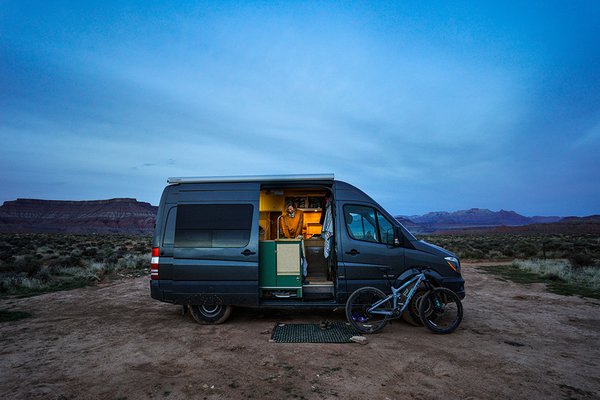
Megan Cable was in the St. George area of Utah when the pandemic became more serious. Faced with deciding whether to follow orders for nomads to head home or stay put, she decided on the latter to minimize contact with others and her family. “Going home isn’t an option for everyone,” she says. “And it also isn’t the smartest thing to cross the country.” She’s going on seven weeks in isolation, but she is able to stay busy with work, cycling, FaceTime calls, and cooking.
Photo by Megan Cable

“The day-to-day is pretty similar for me,” says Megan. “I’m used to being on my own, working remotely.” Before the pandemic, she would rendezvous with friends every two to three weeks, which she misses.
Photo by Megan Cable
See the full story on Dwell.com: How Van-Lifers Are Adapting During the Coronavirus Pandemic
Related stories:
- This New Frank Lloyd Wright–Inspired Furniture Is Surprisingly Affordable
- We Asked 13 Designers to Share Their Work-From-Home Setups and Tips
- How Design Brands Around the World Are Pivoting to Tackle the Coronavirus Pandemic
